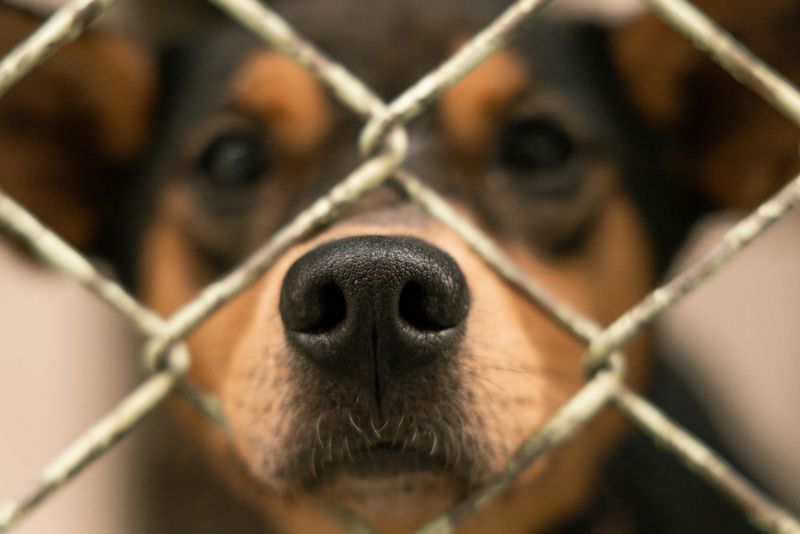The impact of humans on the planet is undeniable. But how much is too much? Researchers have produced the first quantification of the boundaries for a safe and just planet, and they show that we are taking a huge risk with the welfare of our planet – and gambling with the whole future of our civilization.
One of the boundaries is actually well known: the climate one. To be safe and just, the global temperature anomaly needs to be below 1°C (1.8°F). The "just" portion has already been breached, and now billions of people are exposed to harm from the climate crisis. The "safe" part has not been breached yet, as we have not crossed the 1.5°C (2.7°F) threshold, although that might happen soon.
When it comes to the biosphere boundary, at a global level you’d want ecosystems to cover up to 60 percent of the planet. This has been breached, and it is now between 45 and 50 percent. This can have devastating consequences for wildlife as well as for humans. Locally, this would translate to about 20 to 25 percent natural ecosystems per square kilometer, which has been breached for two-thirds of human-dominated land areas.
The flow and usage of water are also among the boundaries across the world that have been breached. In a safe and just scenario, one-fifth of all surface water would have monthly flow alterations. The report shows that this has been breached across 34 percent of the world. For groundwater – the type we drink and use – the annual drawdown needs to be less than the recharge, an obvious requirement to maintain a reservoir. This is not the case for almost half the planet (47 percent).
There is also the issue of overreliance on fertilizers like nitrogen and phosphorus. They can have deadly consequences, such as huge algal blooms. These boundaries have also been breached. The current surplus of nitrogen is over twice as much as the safe and just level for the world. The amount of phosphorus released yearly is just over the upper limit of the boundary, suggesting that it could be easily reined in.
While there is a lot of upsetting news, there is also some good news. When it comes to aerosols, at a global level we are nowhere near to breaching that boundary. At a local level, the annual mean value for a safe and just limit on particulate matter 2.5 (fine particles up to 2.5 micrometers in diameter) is 15 micrograms per cubic meter. That level was breached by at least 1,623 cities around the world in 2022.
“We are in the Anthropocene, putting the stability and resilience of the entire planet at risk. This is why, for the first time, we present quantifiable numbers and a solid scientific foundation to assess the state of our planetary health not only in terms of Earth System stability and resilience but also in terms of human wellbeing and equity/justice,” lead author Professor Johan Rockström, Earth Commission Co-Chair and Director of the Potsdam Institute for Climate Impact Research, said in a statement.
It is only natural to feel disheartened by the scale of the challenges ahead of our species. But as we have caused these issues, it is up to us to find solutions. And solutions are often there, we just need governments to act. When words follow actions, changes are delivered. Just recently, research showed that the Montreal Protocol has not only led to ozone layer recovery, but it is also helping fight climate change as it delayed the first ice-free arctic summer by up to 15 years
“A safe and just transformation to a manageable planet, requires urgent, collective action by multiple actors, especially in government and business to act within Earth system boundaries to keep our life support system of the planet intact. Stewardship of the global commons has never been more urgent or important,” explained Wendy Broadgate, Earth Commission Executive Director, and Global Hub Director (Sweden), Future Earth.
The study is published in the journal Nature.




